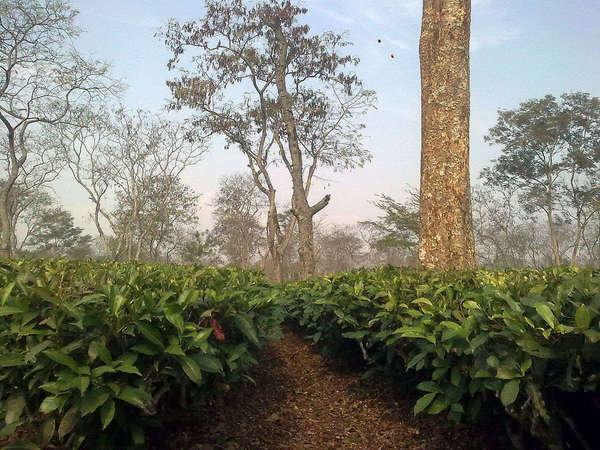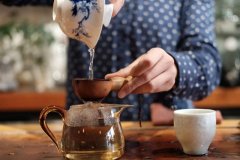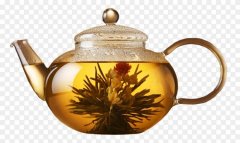A detailed explanation of the difference between mixed black tea, single manor black tea and single variety black tea
Unmixed teas grown in different parts of the same country or in different countries of the world can produce a variety of national teas. This is why we should understand why unmixed or single-origin teas are available. Single-origin or we can say that pure tea is a specific regional characteristic, is sold as pure tea, there is no mixing at all. They are special because they grow in a unique soil, climate and geographical environment. All these factors bring a unique taste to these teas. The exclusivity of this single origin makes them expensive and high quality. It is a big challenge for pure tea to have its own unique taste, so the cost will be high. These teas are grown organically in a special way to keep the taste intact. Such as Ceylon Golden White Tea. This kind of tea comes from Hatton Manor in nuweera Eliya, Sri Lanka. It is a high-growing, golden liquor in the West. This is a kind of pure tea, with a light, delicate, sour taste, which is completely different from it. It is pure and reflects the true nature of the region to which it belongs. If we talk about unmixed teas, they are usually of higher quality than mixed teas. A mixed tea can mix lower quality tea with higher quality tea, and you can't recognize it. There are two types of raw tea: a single tea garden and a single variety.

Single tea garden these are unmixed teas, sold in the name of the tea garden, planted, harvested, processed and packaged in the tea garden. For example, our colonial breakfast tea is a kind of manor tea with long and strong leaves from the Timbra region of Sri Lanka (formerly Ceylon). The tea is moderate and full on the palate, with slightly fruity and mineral flavors and a red amber appearance. Single tea garden tea, you must know what you will get. These single tea gardens of tea usually have subtle tastes and subtle characteristics, which are completely lacking in mixed tea. However, they vary depending on growth conditions and harvest time. For example, Darjeeling Tea harvested in autumn has a unique and stronger flavor and is thought to be of lower quality than the first (spring) and second (summer) brewing tea. However, due to the stable climate in Sri Lanka, most Ceylon teas maintain similar quality characteristics all the year round. It is worth noting that all unmixed teas do not necessarily come from the same grower / manor. They may just be the same kind of tea from different places. For example, Irish breakfast tea tends to be pure Assam tea, sometimes labeled as "mixed" because it does not come from the same place of origin. Mixed tea then, now you know all about pure, unmixed tea. Let's discuss the mixed tea further. To put it simply, mixed tea is the final product made by mixing different teas together. This mixing is mainly done with black tea, but other teas can also be used, such as Pu'er tea, whose leaves are mixed before being compressed. There are several reasons for mixed tea-some mass market manufacturers mix high-end tea with low-grade tea to reduce costs while maintaining a certain taste. This allows these manufacturers to mitigate changes in tea quality and eliminate differences between seasons. In addition, some manufacturers mix tea from different places in order to create a balanced taste by taking advantage of the characteristics of different places. That's what some tea companies do, developing their own unique "signature mix"-products that other companies can't offer. One of the most important aspects of blending is that the taste of each blend must be the same as the previous one, so that consumers do not detect different tastes in different products. Tea can be seasoned with perfume, seasoning or essential oils. Although the blending tea can add an additional aspect to the taste, color and aroma of the tea, the blending process can sometimes be used to cover up the unqualified quality of the tea.
Important Notice :
前街咖啡 FrontStreet Coffee has moved to new addredd:
FrontStreet Coffee Address: 315,Donghua East Road,GuangZhou
Tel:020 38364473
- Prev

What is Natural Black Tea? the Story and Development path of Tea Origin and simple Formula sharing of mixed Tea
For all the tea lovers in the world, the word tea is one of the most beautiful words. Its magic is to make you crave it. Of course, this is why tea is considered to be one of the most popular drinks in the world. As we all know, tea is the most popular drink in the world after water. Whether it is black tea or green tea
- Next

What is single tea? Blended black tea or single black tea which is better? High-end pure tea brand recommendation
There are many types of blended tea depending on which additive it is mixed with. Here are a few common tea blends: Breakfast tea: Usually a blend of different black teas, it has a strong flavor and goes well with milk. Afternoon tea: These mixed teas (black teas) are usually served earlier than the English breakfast.
Related
- Customers have "changed" Manner's new products! Shop assistant: Please don't mess around!
- Remove sockets in customer areas at Starbucks stores?! Netizen: I won't go if I really tear it down
- What is the difference between the taste steps of sun-dried coffee and washed coffee? Why is sun-cured coffee sweeter and washed coffee sour?
- The recipe for salty grapefruit dirty is revealed! Coffee Festival salty grapefruit dirty coffee making materials parameters ratio milk share!
- How about the flavor of Sunlight 74158 at Sidamo Banshaha Mathieu Processing Factory in Ethiopia? 74158 Share the proportion of coffee brewing parameters!
- What effect does Italian American coffee with filter paper have? Will coffee taste better if it is put on filter paper at the bottom of the powder bowl?
- What is the color difference in coffee beans? What are the characteristics of honey processed coffee beans? Why are the anaerobically treated coffee beans uneven in color?
- How does novice Xiaobai quickly get started and make coffee? Newbies learn to make coffee by hand and share the specific steps and process process!
- Costa tea has a shelf life of 100 years?! Expert: Unable to verify
- It's a huge uproar! American milk addition was rejected by Manner employees?!

